|

Villa Farnesina A
little gem of gracious living, decorated by some of the greatest
artists of the Renaissance, including Raphael. The loggias are now
glassed in to protect the precious frescoes, but they were originally
open, embodying the ideal of blending indoor and outdoor spaces – a
concept borrowed from ancient Roman villa designers .
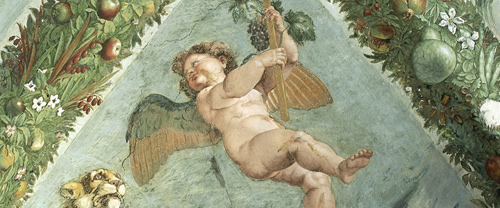
Fresco, Villa Farnesina
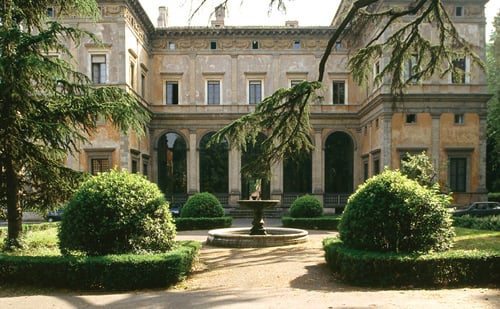
Villa Farnesina courtyard
Campidoglio Palazzi When
Emperor Charles V visited Rome in 1536, Pope Paul III was so
embarrassed at the Capitol’s state that he enlisted Michelangelo’s help.
Work started 10 years later, but Michelangelo died long before its
completion. True to his design, however, are the double flight of steps
for the Palazzo Senatorio, the addition of Palazzo Nuovo, the fine
façades and placement of ancient sculptures. Palazzo Borghese Called
“the harpsichord” because of its unusual shape, this 17th-century
palace was once the centre of fashionable entertainments for Rome’s
papal high society. Its Mannerist courtyard, in particular, was the
stage for lavish affairs. You can peek in to see the oversize statuary,
columns supporting the double loggias, and the “Bath of Venus” fountain . Palazzo Massimo alle Colonne Architect
Peruzzi overcame a number of technical problems to build this
16th-century masterpiece. Primarily, he had to follow the curve of the
foundations of the ancient Theatre of Domitian. His colonnaded portico
is an elegant solution along the street side; the other façade is
decorated with monochrome frescoes, known as grisaille .
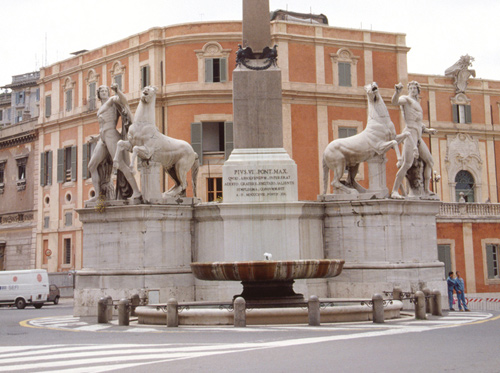
Palazzo Farnese Considered the Renaissance palace par excellence,
reflecting the genius of both Antonio da Sangallo the Younger and
Michelangelo. Home to one of Rome’s most unscrupulous families, it was
commissioned in 1517 by Alessandro Farnese, later Pope Paul III .
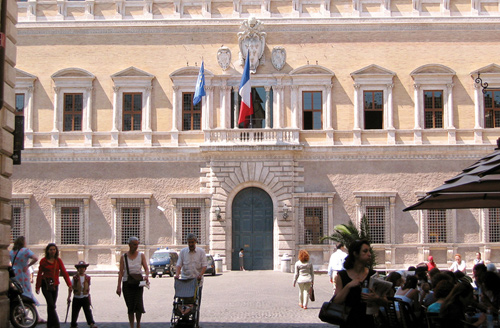
Palazzo Farnese
Villa Giulia Intended
for hedonistic pleasure, this was a perfect papal retreat where Pope
Julius III could indulge his tastes for young boys and Classical
statuary. Designed by Vignola, Ammannati and Vasari, this 16th-century
marvel is all loggias, fountains and gardens .
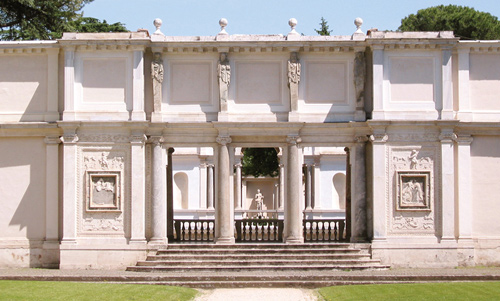
Palazzo Barberini When
Maffei Barberini became Pope Urban VIII in 1623, he decided to build a
family palace on the (then) edge of town. Architect Carlo Maderno
designed it as an outsize country villa with three floors of arcades.
Bernini added the square staircase on the left; Borromini the spiral
staircase on the right .
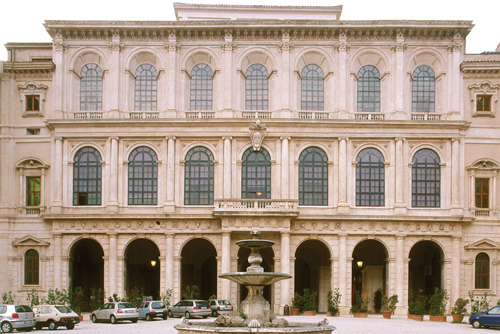
Palazzo della Cancelleria One
of the loveliest palaces from the Early Renaissance (late 1400s) – the
purity of its façade and courtyard is unparalleled. Several ancient
monuments were pillaged to provide the marble and the 44 portico columns
inside . Palazzo Spada Built
around 1550 for a wealthy cardinal, the architect unknown, this palace
has one of the most ornate Renaissance façades in Rome, featuring
reliefs evoking the city’s glorious past. However, the inner courtyard
is the masterpiece, decorated with stucco figures of the 12 Olympian
gods and goddesses.
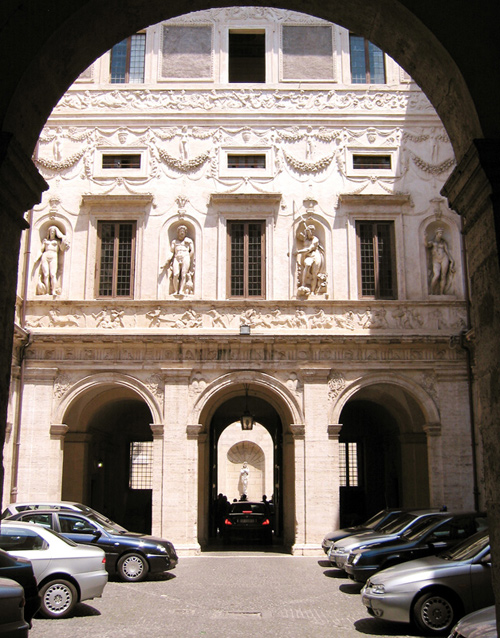
Palazzo Venezia Rome’s
first great Renaissance palace (1455–64) was built for the Venetian
cardinal Pietro Barbo. It is attributed to one of two Florentine
architects, Alberti or Maiano. You can admire the beautiful palm court
with an 18th-century fountain from the museum café.
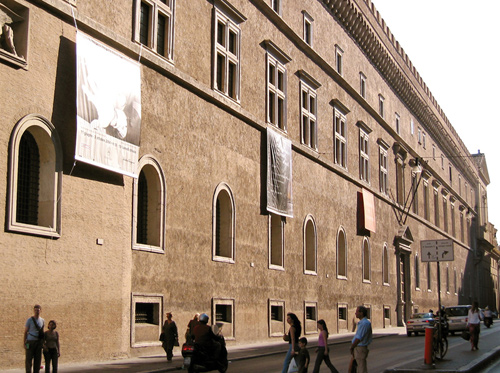
|